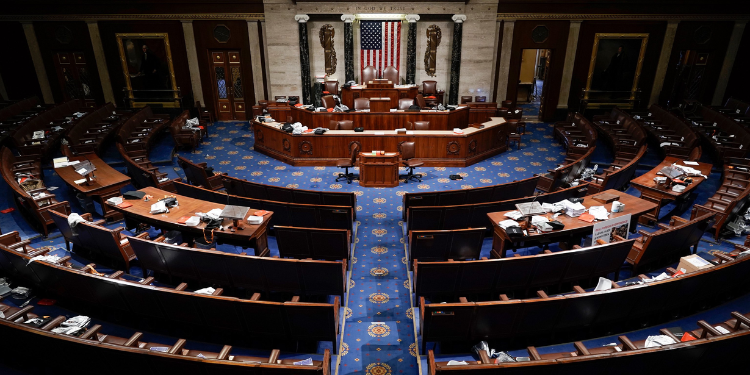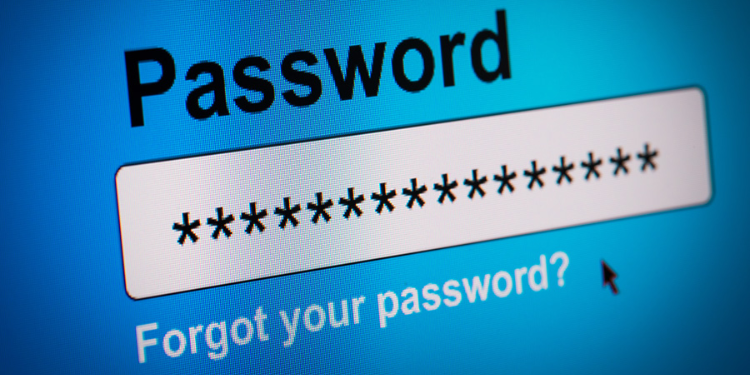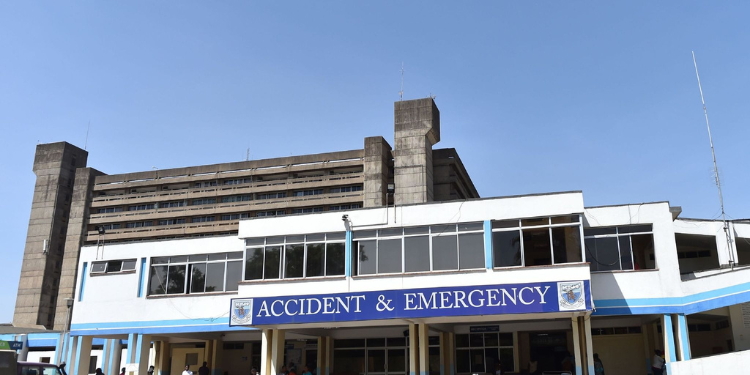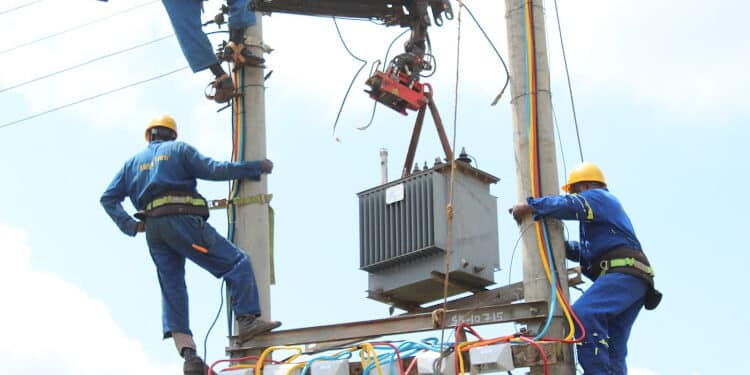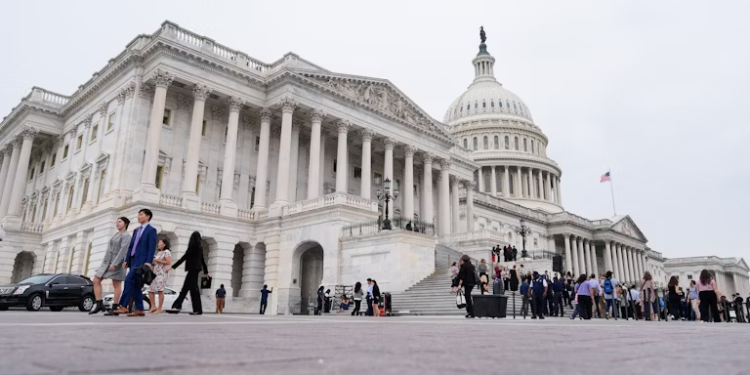The United States federal government has officially shut down. The government entered a partial shutdown at midnight after lawmakers in the Senate failed to pass a crucial short-term funding bill, marking the first government shutdown since the 2018-2019 period.
Despite a last-minute push, only three Senate Democrats supported the Republican-backed measure, leaving it five votes short of overcoming a legislative filibuster.
This latest shutdown will temporarily disrupt several government operations and place hundreds of thousands of federal workers in limbo — some furloughed without pay, others forced to work under uncertain conditions.
“The Democrats have shut down the government and are still demanding $1.5 trillion to provide health care for illegal immigrants and subsidize able-bodied adults who don’t want to work. This is unacceptable,” said the U.S. House of Representatives Committee on the Budget.
The stopgap funding measure, which aimed to maintain government operations through November 21, had previously passed the House with support from Senate Republicans and President Donald Trump.
However, Senate Democrats withheld support, demanding that the bill include provisions for pandemic-era healthcare subsidies and restored funding for foreign aid and other programs previously slashed by the Trump administration.
As negotiations collapsed, the Senate adjourned without reaching a resolution. Senate Majority Leader John Thune (R-SD) expressed hope that more Democrats would support the bill in a subsequent vote, stating during an appearance on Fox News, “We picked up 3 tonight … we’re going to vote on it again tomorrow. Hopefully, we’re going to pick up some more, and eventually, we’ll get enough to pass this thing and keep the government open.”
Trump says he could make ‘irreversible’ cuts if shutdown happens
President Trump, who had met earlier in the week with Senate Minority Leader Chuck Schumer (D-NY) and House Minority Leader Hakeem Jeffries (D-NY), warned of sweeping consequences if the shutdown proceeded.
Speaking to reporters Tuesday, Trump said:
“We can do things during the shutdown that are irreversible that are bad for them and irreversible by them, like cutting vast numbers of people out, cutting things that they like, cutting programs that they like.”
Also Read: US to Skip United Nations Regular Rights Review
According to a New York Times/Siena College poll, 65% of registered voters opposed a shutdown — even if Democrats failed to secure their legislative priorities. Among Democrats, 43% opposed the shutdown under those terms, along with 59% of independents and 92% of Republicans.
As midnight approached, the White House launched a public messaging campaign, branding the shutdown as the fault of Democrats. A countdown clock appeared on the official government website, and a series of videos criticizing Democratic lawmakers for their past comments on shutdowns were posted across social media platforms.
What it means
While the federal shutdown is partial, its effects are wide-ranging. Key social programs, such as Social Security, Medicare, and Medicaid, will continue to issue benefits.
However, these agencies will operate with reduced staff, and non-essential activities like public outreach and marketing will be paused.
The U.S. Postal Service will remain unaffected by the shutdown, as it does not rely on congressional appropriations for funding. Mail delivery and post office operations will continue as usual.
Also Read: Trump Starts Firing Military Generals on the Spot
Airports will remain open during the shutdown, with more than 13,000 air traffic controllers and most Transportation Security Administration employees continuing to work without pay.
Military operations will also continue without interruption, as all two million active-duty service members will remain on duty, though they will not receive pay until the shutdown ends.
Previously awarded defense contracts will proceed, and new contracts considered essential to national security may still be issued.
Federal law enforcement and border protection agencies — including the Federal Bureau of Investigation, the Drug Enforcement Administration, the United States Coast Guard, the United States Border Patrol, and Immigration and Customs Enforcement — will remain fully operational. Immigration courts and customs services will also continue to function throughout the shutdown.
The Federal Emergency Management Agency will maintain its disaster response operations using its existing $2.3 billion in relief funds.
However, approximately 4,000 of the agency’s employees are expected to be furloughed.
Services that will be paused or reduced
A significant number of federal employees who are classified as non-essential will be furloughed without pay. Others who are considered essential will be required to work, also without immediate compensation.
A letter issued by the director of the Congressional Budget Office prior to the shutdown has given more details on the potential financial implications
According to the letter from Phillip Swagel, the office estimates that 750,000 federal employees could be furloughed each day, with a total daily cost of around $400 million (£297 million).
It notes that this projected number of furloughed employees could fluctuate daily, as some agencies may furlough more employees the longer the shutdown persists, while others may recall some initially furloughed employees.
During the shutdown, the Internal Revenue Service (IRS) will operate at full capacity for the first five business days, but its long-term plan remains uncertain.
The Small Business Administration will furlough approximately a quarter of its staff and halt the approval of new loans, although disaster-related lending will continue. The federal court system may soon lack the funds to stay fully operational, risking delays or suspensions in proceedings.
Additionally, key economic reports, such as employment and GDP data, will be delayed, potentially affecting policymakers’ and investors’ decision-making.
This marks the fourth government shutdown during Trump’s presidency. The most notable, which was the longest in U.S. history, occurred between December 2018 and January 2019, lasting 35 days.
On its part, the Clinton administration saw a 21-day shutdown in 1995, while the Obama administration faced a 16-day shutdown in 2013. The Senate is expected to reconvene on Wednesday morning to attempt another vote.
Follow our WhatsApp Channel and X Account for real-time news updates
